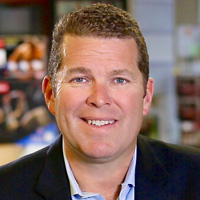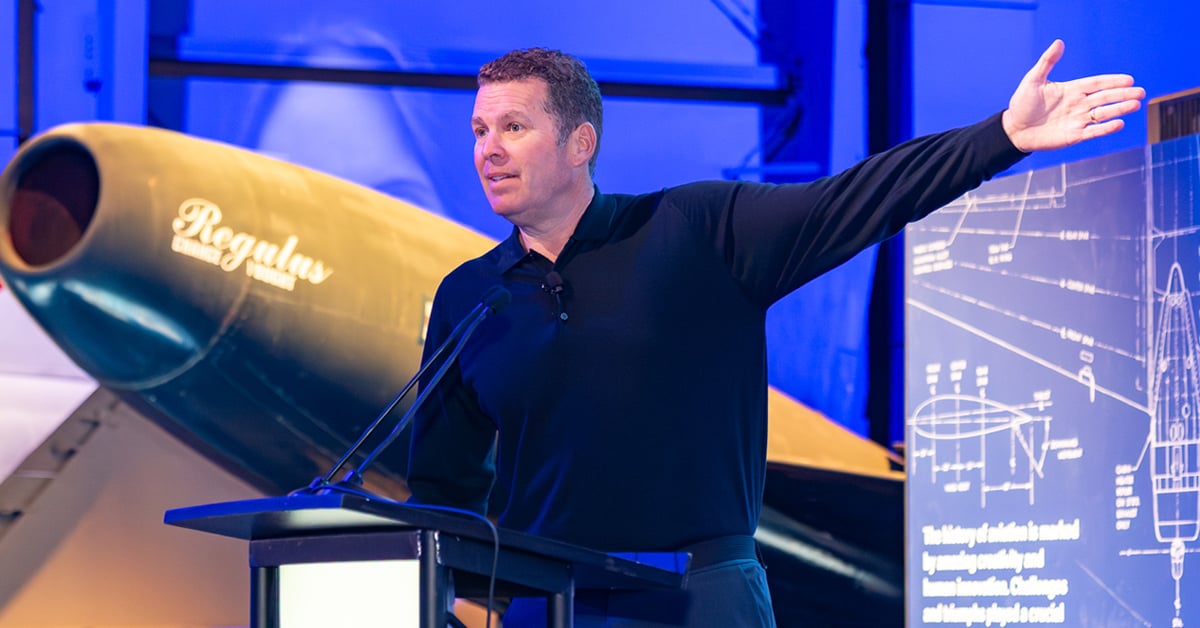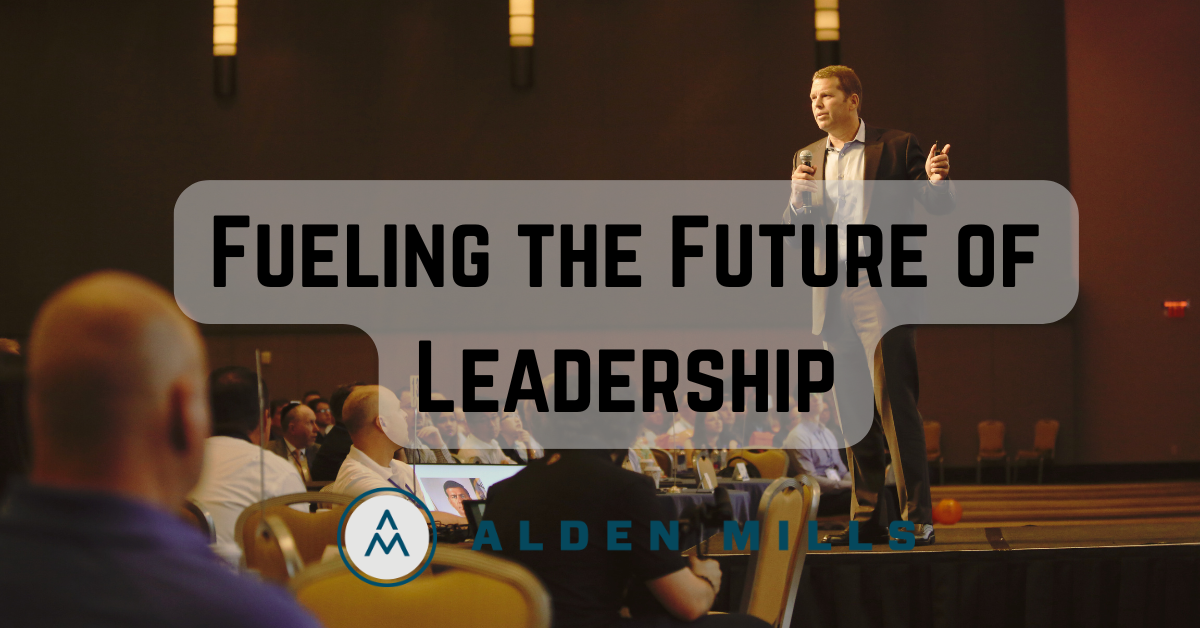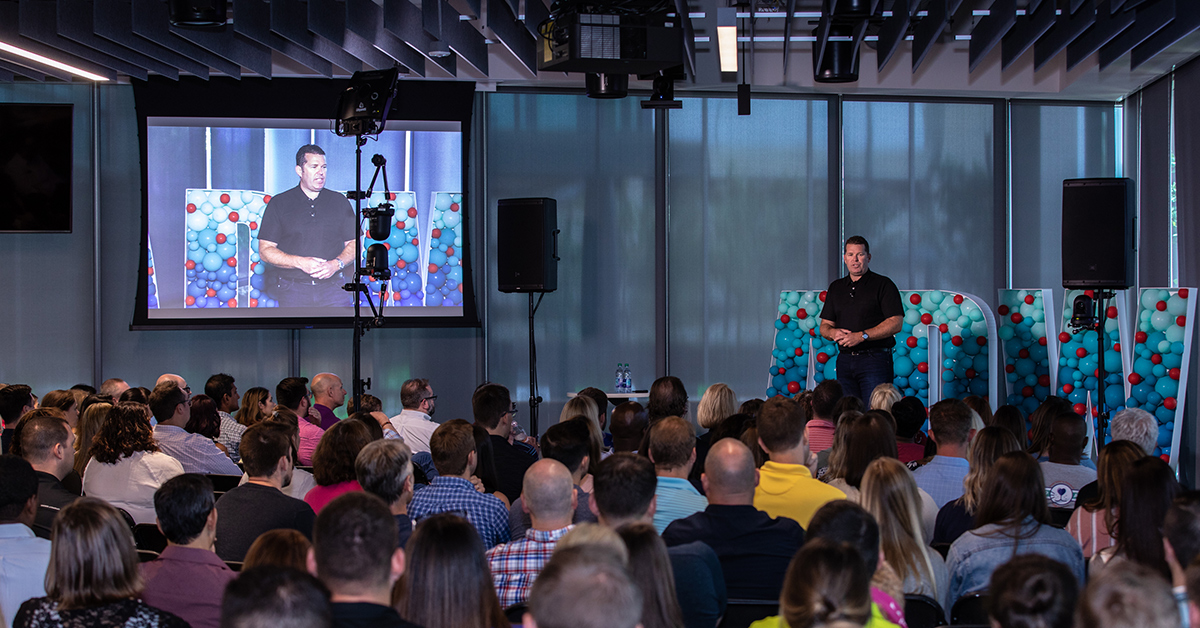My number one focus when I step on stage is holding my audience’s attention. In today’s modern tech age, the ubiquitous smart phone is any speaker’s greatest attention grabbing enemy. However, that’s not the only audience attention thief out there. Time of day, what events follows the keynote, food and drink and jet lag can be formidable foes for holding your audience’s focus.
Recently, I was hired as the opening keynote speaker for the leading association of pipe-fitters in the United States. They and the companies they lead are responsible for delivering natural gas throughout North America, and at the moment, their business is booming. Most of the audience members had flown in that day from time zones 2 hours ahead of the time zone of the conference. Many brought their families to the conference and the bar had been open for two hours prior to having dinner.
I was asked to deliver a keynote over dessert on a Saturday night with the only thing between them and another open bar was me. It is times like these that separate good from great keynote speaking. It doesn’t matter how good your content is, if you cannot hold the audience’s attention to listen then they will never hear what you have to say.
Captivating an audience’s attention is paramount to delivering an impactful keynote – no attention means no retention which in turn means no action. Compelling keynotes drive audiences to take an action and for that to happen means that have to want to listen to you.
So how do you get an audience to listen, especially when they are tired, distracted (with family and friends) and their bellies are full? The answer is not one thing but a concert of actions that when combined can take your audience on a journey both mentally and emotionally.
Here are four “keys” to captivating any audience:
1. Give Them a Reason to Listen
 Just like when you meet someone for the first time, people naturally – instinctively – are evaluating you. The old adage “first impressions matter” is equally true on stage as it is with one-on-one meetings.
Just like when you meet someone for the first time, people naturally – instinctively – are evaluating you. The old adage “first impressions matter” is equally true on stage as it is with one-on-one meetings.
The difference is when you’re on stage you don’t have the luxury of an individual meet and greet, yet you need to make it feel personal, as if you are speaking directly to them. Vulnerability and surprise are two techniques I use within seconds of taking the stage. I want my audience to lean in to me and I do this by immediately opening up to them by using a surprise statement.
My typical introduction (video or personal) includes lots of achievements. My surprise is informing the audience that I have failed many more times than I have succeeded; and then I offer just a few of my spectacular failures that span athletic, military, business and health categories. Often times I’m asked to do an open mic question and answer period after my keynote and almost without exception people want to discuss my failures that I mentioned over an hour earlier. Use those opening seconds wisely, give your audience a reason to listen and you will set the stage (pun intended) for a great keynote to help people realize "you can pursue your dreams!"
2. Connect Content Benefits Early and Often
Surprise and vulnerability are great openers but they only last long enough for the audience to listen for a few minutes at best. Connect your keynote’s content with your audience – not once but multiple times. Perhaps you have heard an advertising rule that suggests people need to have seen your message 21 times before they actually “see it”. I don’t know how many times someone needs to hear your content to get it, but I guarantee you this: once is not enough.
Never assume your audience understands the connection between your content and them – you must help make the connection. If the audience doesn’t understand the benefit of your content early and often they will tune out. To hold and captivate an audience means continually connecting your content’s benefits with their needs.
Let me be clear, explaining your content without connecting it’s benefits is a missed opportunity. In the case of the pipe-fitter’s conference, there were mothers and grandparents in the audience. I expanded the benefit of my content to their needs as well. After all, much of my Unstoppable Leadership content was forged fathering four high energy boys. Many of the same leadership speaker principles transcend business and apply to families and communities as well, and making those content benefit connections give further reasons for diverse audience to keep listening.
3. Put Your Audience in the Story
 You can have the greatest content in the world, but if your delivery is dry and boring people aren’t going to listen. I am sorry to say, but our brains have too many competing thoughts dancing around inside of them, and focusing takes energy.
You can have the greatest content in the world, but if your delivery is dry and boring people aren’t going to listen. I am sorry to say, but our brains have too many competing thoughts dancing around inside of them, and focusing takes energy.
To cut through the “brain noise” in any audience I use method acting story telling; that is, I transform into a character complete with accents and mannerisms. The vocal variety along with body movements not only adds an element of surprise to the audience but it quickly changes their emotions. Within just a few seconds, they are transported to being the surf zone during Navy SEAL training or sitting in a boardroom facing bankruptcy.
I use stories to further connect audiences with the benefit of my content. Most folks are never going to attempt Navy SEAL training or start a business based on product they invented, but most everyone will have to come to grips with facing the fear of change – or put another way, when they are struggling with doing something new – something they have never done before. Which leads me to the fourth and final key to a compelling keynote – bridge building.
4. Build Content Bridges, Then Be Their Guide
Stories are essential to holding an audience’s attention, but a story without a bridge to its meaning is just…well…a story. Making stories stick means building a bridge between its meaning and what it means to the audience. Stories are only as powerful as the connection (i.e. bridge) you build with your audience. Even then, you must act as their guide and help them across your bridge of content connection.
To be their guide means you’ve done your homework on their industry. You’ve learned their vernacular – at least enough to be an interpreter between your story and their environment. The moment you use their language you are building that bridge and acting as their guide. You are translating your story into useful lessons learned that can be remembered and ultimately implemented.
I find it useful to not only know their “language” but also know key players (i.e. names of people in their industry or conference or even in the audience) and critical elements of content used before and after my keynote so I can build a bigger bridge between my keynote and the overall conference.
When this is done, it not only helps the audience understand my reason for being there but also supports (and compliments) the conference coordinators/event stakeholders key objectives.
WARNING: to do this effectively means doing your homework in advance. In the case of the pipe fitter’s conference, much of my homework involved interviewing key leaders of conference as well as learning key messaging from other speakers.
Your Key to Holding an Audience’s Attention
Audiences are a collection of human beings. Sometimes these groups have common interests sometimes they don’t. The more you understand their needs while using the “keys” above the better you will able to not only captivate their attention but also inspire them to take action.
To me, that is what a great keynote is all about, helping people be unstoppable at finding their success!
Related Article: How to Inspire Diverse Audience to Take Action





